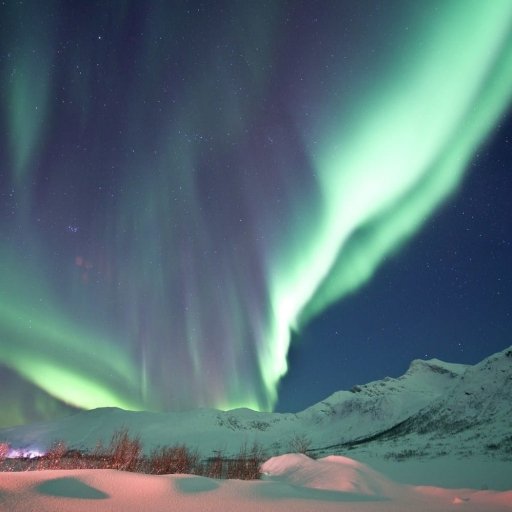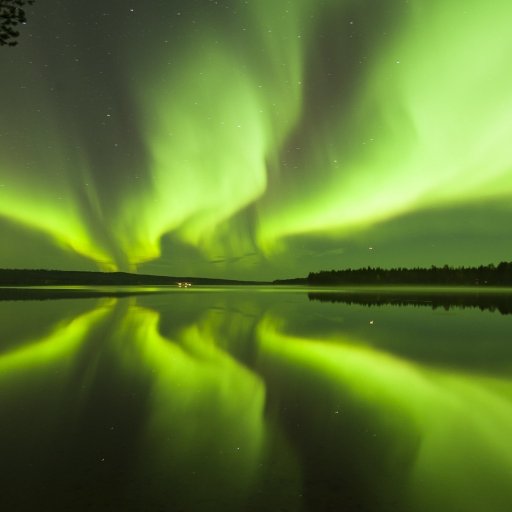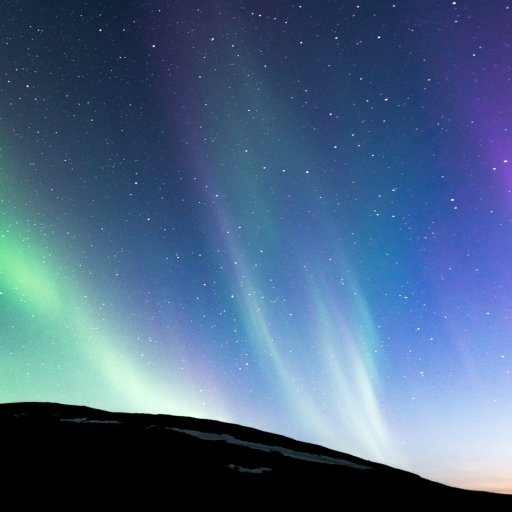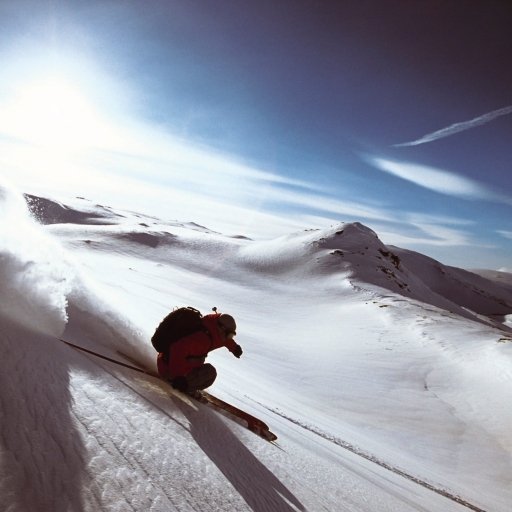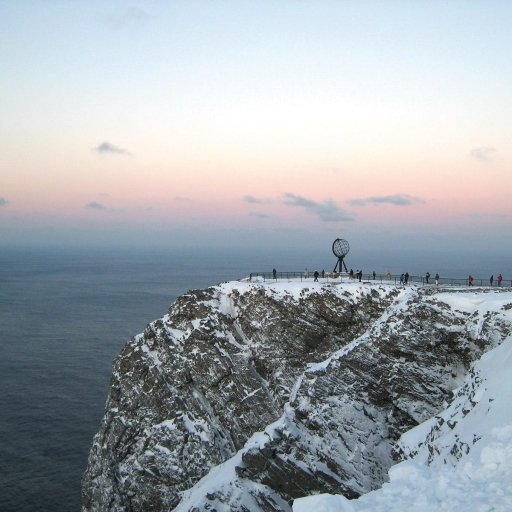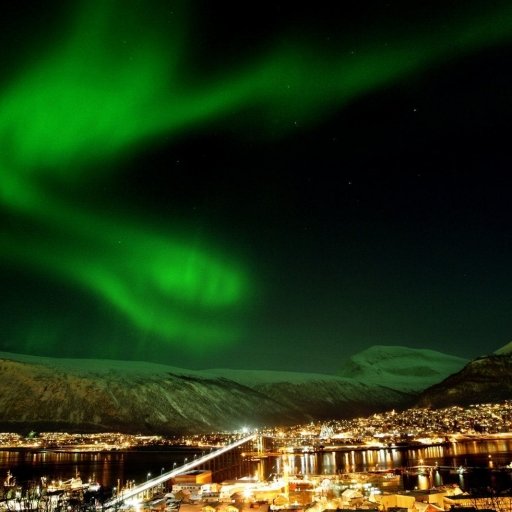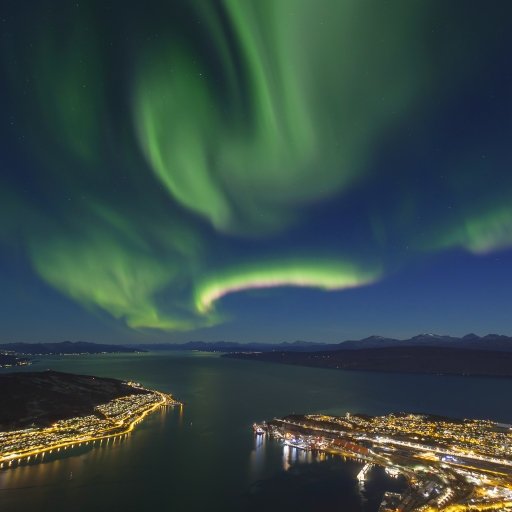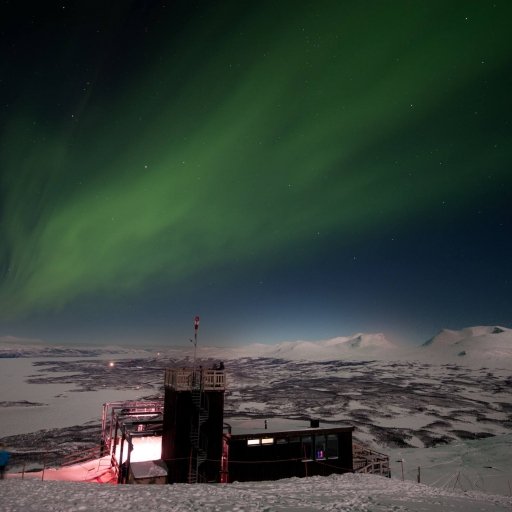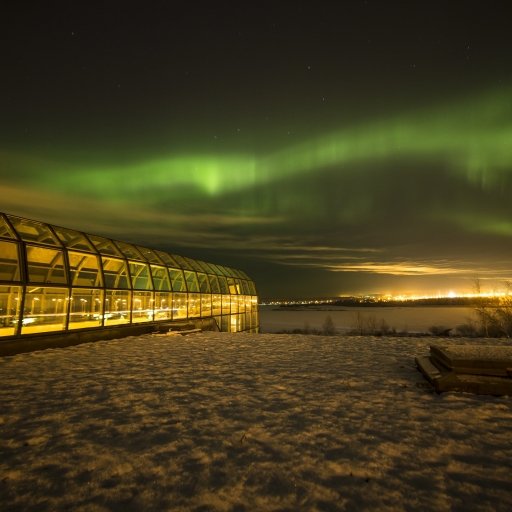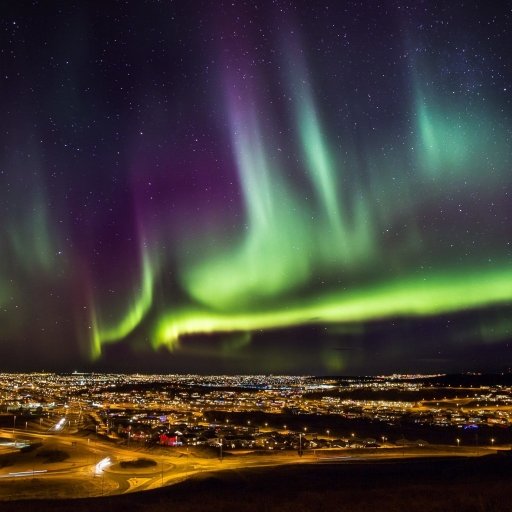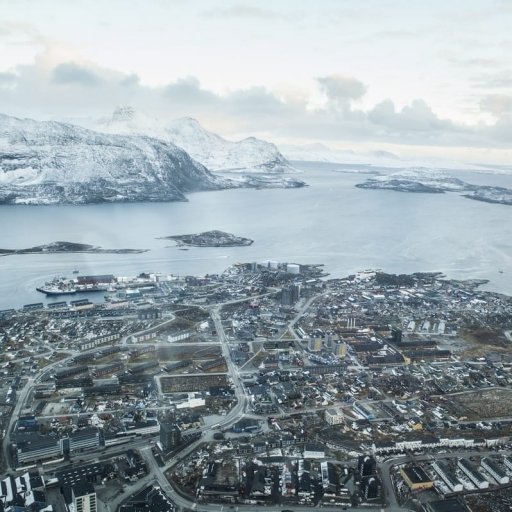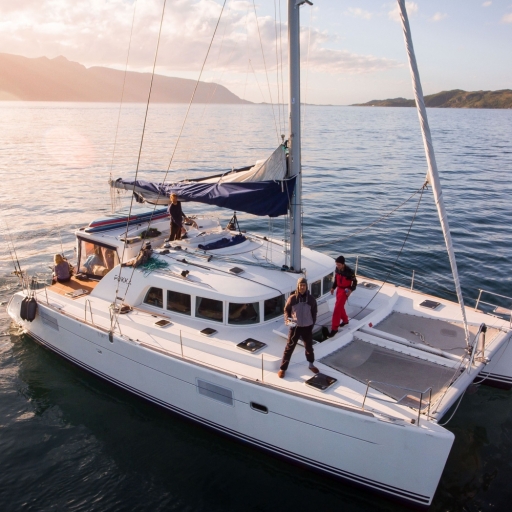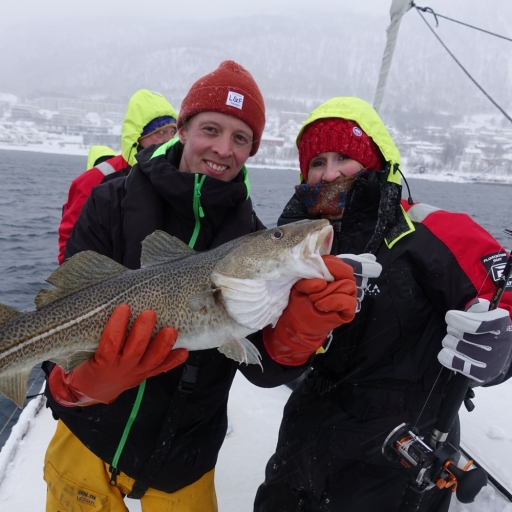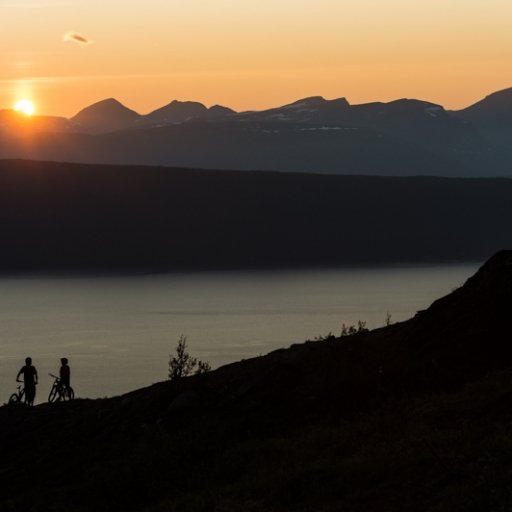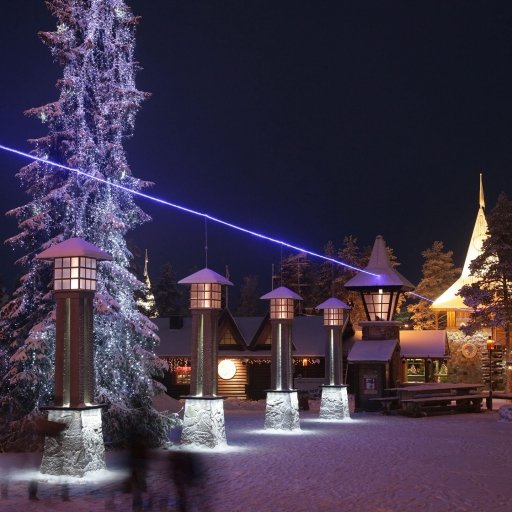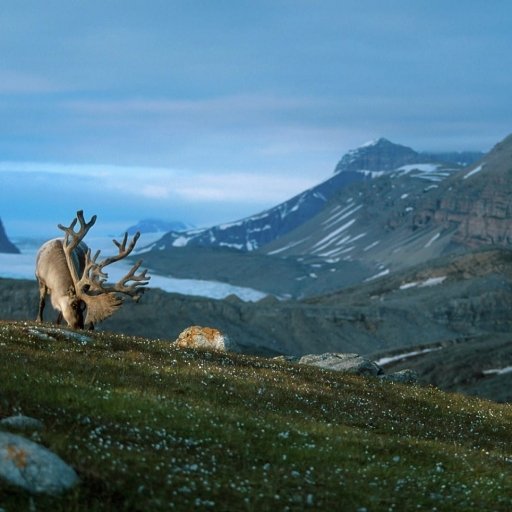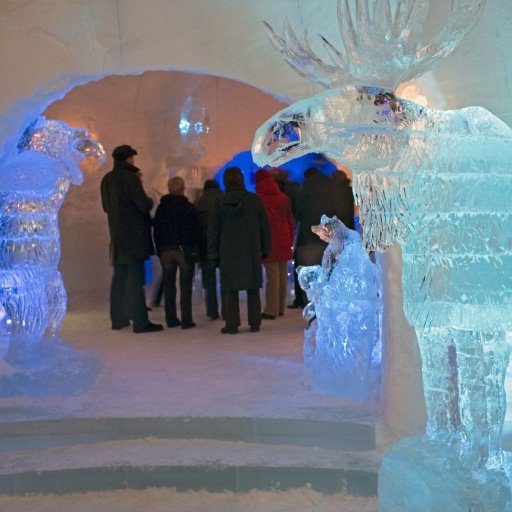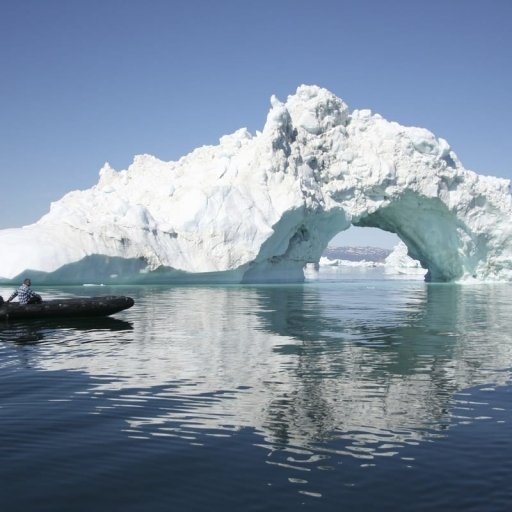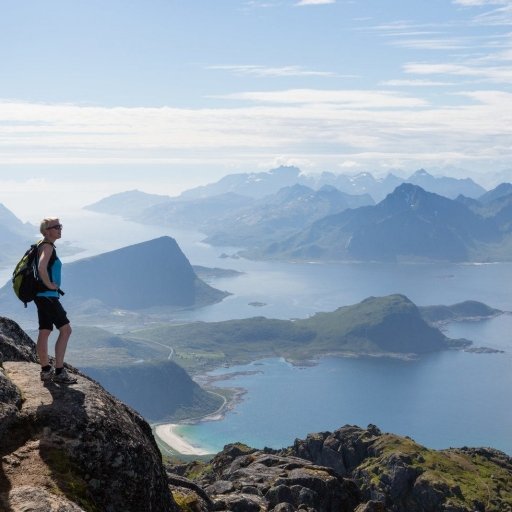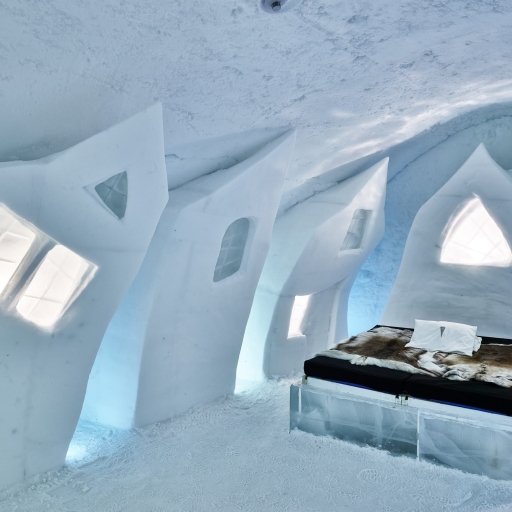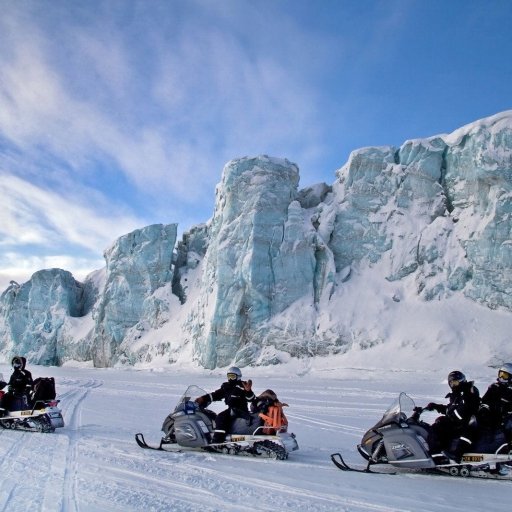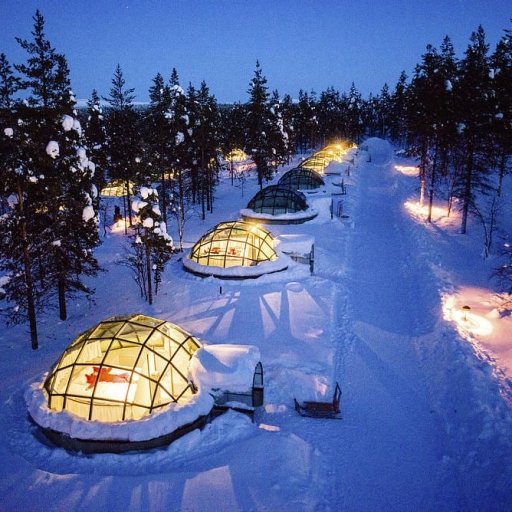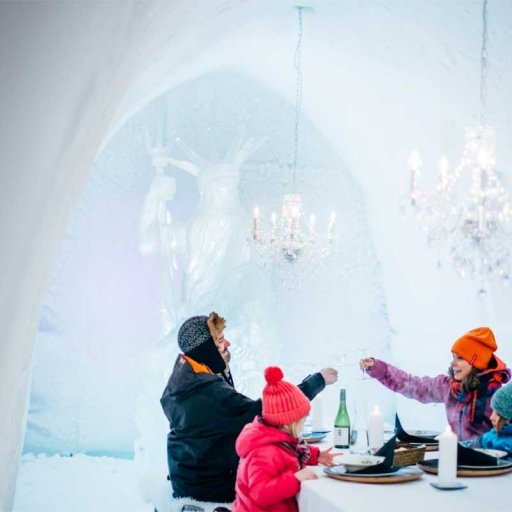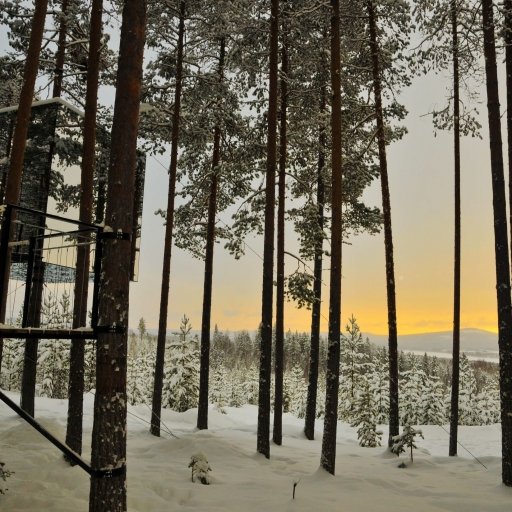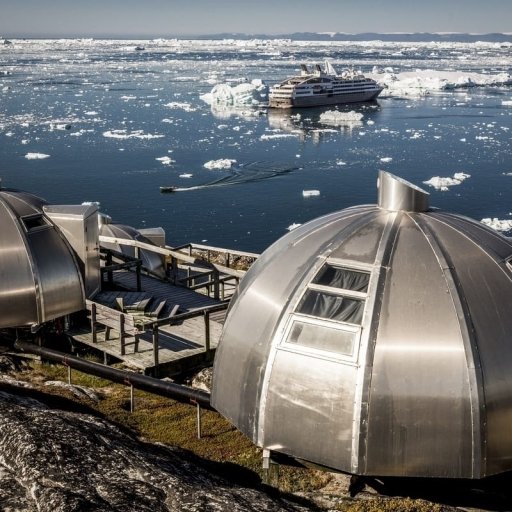Best Places to See the Northern Lights
From September to April you can watch the Northern Lights in Norway, Iceland, Finland, Sweden and Greenland.
Where to see the Nordic Northern Lights
The further you travel in the Nordic countries to the Lapland region of Finland, Sweden, and Norway, the better your chances of seeing the Northern Lights. Iceland and Greenland are popular destinations close to the Arctic Circle at 66 degrees north latitude.
The official Aurora season is from September until April, but like with so many other things with nature, it's not something you can say with any certainty. The ideal conditions are when it's cold and dark outside and the Northern Lights activity is high. The sky has to be clear, usually on cold nights.
See more: The Ultimate Northern Light Guide
Best places to watch the Northern Lights
1. Norway
See more: About Northern Lights in Norway
2. Finland
Finnish Lapland is known for its stunning natural landscapes and is one of the best places to see the Nordic Northern Lights.
Some of the best places in Finland are:
See more:
About Northern Lights in Finland
3. Sweden
Sweden is another great place in the Nordic countries to discover the Northern Lights, also called Aurora Borealis. The Northern Lights can be seen especially in the northernmost regions of Sweden.
Some of the best places in Sweden are:
See more: About Northern Lights in Sweden
4. Iceland
Iceland offers many places to see the Northern Lights; the choice ultimately depends on your preferences and travel itinerary.
Some recommended places are:
Thingvellir National Park (here it is dark)
Jökulsárlón Glacier Lagoon (here it is dark)
See more about Iceland
5. Greenland
The most popular places are:
Sisimut
When to experience the Northern Lights
Though seeing the Northern Lights year-round is theoretically accessible, it's much easier to see in the dark winter months.
The best time to watch the Northern Lights is from September to March, although their appearance is unpredictable. The days around the full moon are not conducive to viewing the Northern Lights because it gets too light.
Sometimes, the lights only flare up briefly; at other times, a fortunate watcher may enjoy the spectacle for several hours. The best time to catch the Northern Lights is just before midnight, but this remains a matter of luck, and no reliable forecasts can be given.
Arctic activities and tours in the Arctic region
The Northern lights are visible only during the hours of darkness, so the local operators offer many activities, such as dog sledging, snowmobiling, whale tours, skiing, and snowshoeing.
Dogsledding in Swedish Lapland
What is the Northern Light
The Northern Lights, or Aurora Borealis, are Earth's most stunning natural displays. This natural phenomenon can be seen across the Arctic Circle from early autumn to early spring.
If you discover the Northern Lights, you must be patient. A celestial light show is not a promise, but it is worth the wait.
The magical dancing curtain of colour seen on some cloudless nights will cause when solar flares to enter our atmosphere, and chances are increasing due to low light pollution and a more extended stay.
In the northern part of the Nordic region, you find the best places in the world to watch the Northern Lights.
The Northern Lights dance across the sky in marvellous colours. Seeing them is almost impossible to describe, and it is one of the fantastic Nordic natural highlights experiences.
5 facts - the Northern Lights
-
The Northern Lights are particles hurled into space after storms on the sun's surface. The magnetic Poles south and north of the Earth attract them
-
The best places to see the Northern Lights are above the Arctic Circle, making the Northern part of the Nordic countries ideal for watching the Northern Lights
-
The Northern Lights are most visible between November and April when the sky is dark and bright, and also depending on the Northern Lights' activity
-
The best places to spot the Northern Lights are away from the lights of the city centres, where the nights are darker
-
The best time is from 6 pm to 2 am. The Lights can be visible for some minutes or more hours
Why is it called Aurora Borealis
The name "Aurora Borealis" was given by the French philosopher" Pierre Gassendi" in 1621. The inspiration comes in two parts: " Aurora" is a Roman goddess of dawn, and" Borea" is an ancient Greek name for the north wind. This means that Aurora Borealis means" the dawn of the north".
Why is it possible to watch the Northern Lights
The Northern lights are visible from the far north of the Nordic countries, Alaska and northern parts of Canada.
But what are the Northern Lights? The Northern Lights result from interactions between charged particles from the sun and air atoms high in the atmosphere. The air lights up when many electrically charged particles with a high-speed stream towards the Earth along its magnetic field collide with the highest air particles.
Most Northern Lights occur between 90 and 130 km above sea level, but some extend to several hundred kilometres. Therefore, watching it from horizontal distances of several hundred kilometres is possible.
It is possible to watch this natural phenomenon in Nordic countries because the strength of the Earth's magnetic field is more muscular near the poles. The lights are generally green but can be many other colours and move or shimmer.
Why the different colours
The colour of the Northern lights depends on which gas (oxygen or nitrogen) is excited by the electrons. Nitrogen gives a blue light, and oxygen emits either a greenish-yellow glow. The blending of these colours can also produce purples, pinks and white. There is also ultraviolet light that only can be seen by a special camera and not by the human eye.
